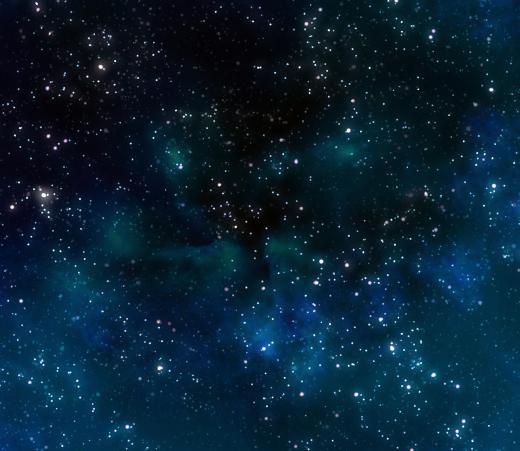What Is the Tired Light?
The tired light theory seeks to provide an alternative explanation for the redshift seen in distant galaxies, which is conventionally explained by the expansion of the universe. According to this theory, the energy carried by photons of light is somehow gradually dissipated as they travel through space, resulting in the wavelength increasing, so that the light is shifted toward the longer wavelength, less energetic, red end of the spectrum. The big bang theory of the universe explains this redshift as being due to the Doppler effect. The tired light hypothesis, in contrast, is compatible with steady state models of the universe. It can be argued that this explanation for redshift has not been comprehensively disproved, but the vast majority of astronomers and cosmologists favor the big bang theory, as it neatly explains a number of observations that cause serious problems for the tired light model.
The theory was first proposed by Fritz Zwicky in 1929, following the discovery that the redshifts of galaxies increased with distance. The process by which the energy of light is dissipated over large distances is, however, problematic. The most obvious process — interaction of light with particles in space — was quickly rejected by Zwicky himself, as this would result in scattering of the light, which would in turn render images of distant galaxies fuzzy or blurred. Observations of distant galaxies do not show this fuzziness. Zwicky favored an alternative explanation involving light being affected by gravity, but this idea remains essentially speculative.

There are a number of other problems with the tired light theory, one of which concerns the perceived brightness of galaxies. For two similar galaxies at very different distances, in a static universe, the calculated surface brightness — based on the amount of light the galaxies actually emit divided by the areas of sky they occupy when observed from the Earth — should be about the same. This is because the amount of light that reaches us and the area of the galaxy — as seen from Earth — diminish with distance at the same rate. The observed surface brightness of galaxies would be reduced by redshift; however, observations show a much greater reduction in brightness than can be accounted for by redshift alone. This can also be explained by an expanding universe, where the more distant galaxy is receding at a faster rate. Apparently it's not a settled thing, and it's not a crucial point to the argument.

Another problem with the the theory is that it does not explain the pattern of light emission over time shown by supernova events. The time taken for the light from a supernova to fade, as seen from the Earth, increases with the distance of the supernova. This is consistent with an expanding universe, where time dilation effects due to special relativity become more significant with increasing distance and faster recession.
One of the strongest pieces of evidence for the big bang theory is the Cosmic Microwave Background (CMB) radiation, discovered in 1956. The tired light theory can explain this background radiation as starlight that has lost energy over time to the point where it has been redshifted down to the microwave wavelength, but the theory does not explain the spectrum of the radiation. In both theories, the number of photons remains the same, but in the tired light theory they are distributed over the same volume of space, while in an expanding universe, the photons have been diluted in an expanding space. These contrasting scenarios lead to different spectra for the CMB. The observed CMB spectrum is consistent with the big bang theory.
Aside from the main objections described above, there are a number of other problems for the non-expanding universe implied by the tired light theory. These include Olbers' paradox, the proportions of chemical elements seen in the universe today and abundant evidence that the universe has changed over time. Supporters have attempted to provide answers — consistent with a tired light model in some form — to all these objections, but most scientists in the fields of astrophysics and cosmology regard the theory as belonging to fringe physics.
AS FEATURED ON:
AS FEATURED ON:












Discussion Comments
The overriding theory clears this up. Empty space is not empty. It only seems to be. Also, don't assume empty space exacts a smooth penalty on light. It doesn't. It is a simpler explanation and it doesn't have a dead end. Why is science hung up on a beginning and an end? Happy trails.
Post your comments